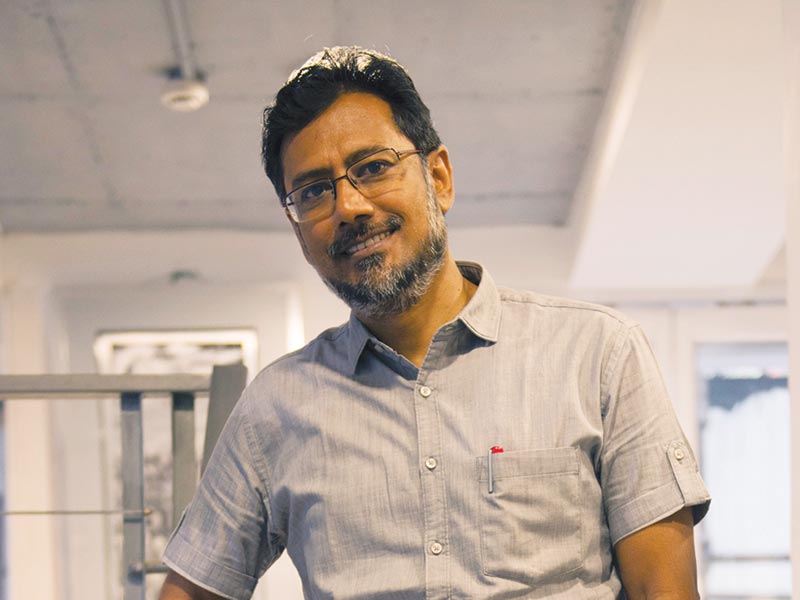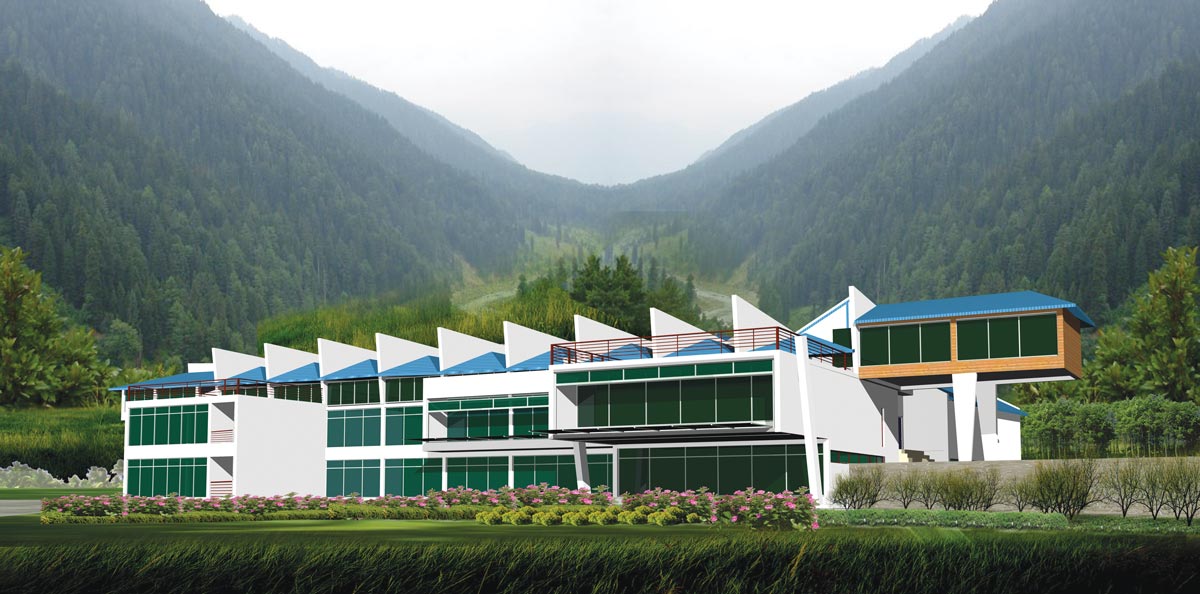
The traditional barriers such as high cost of building a green home are myths. The reality is radically different with various materials entering the fray and the positive industry response has lowered purchase and maintenance of such systems. An ideal green home is one that would conserve the natural resources - use all local materials (recycle wherever possible), consume minimum water, optimizes energy efficiency, generate less waste (recycle whatever little is generated) and provide healthier space for occupants as compared to a conventional building.
A concern for the environment is something all green architects need to transmit to their clients, by taking simple measures like placement of windows to bring in as much of natural light as possible, and without compromising on insulation (with the use of double glass), low-albedo paints that have a high reflective index, sun-reflective tiles and paints on the roof, minimum use of wood, solar panels, rain-water harvesting, and garbage treatment.
 Proposed view for Hotel at Pahalgam, J&K
Proposed view for Hotel at Pahalgam, J&KThere is a greater awareness now, especially among the younger lot about building green homes. They are well aware that our environmental bounty will not last forever, hence, they all are prepared to take stock of the situation now. For their small bit of contribution, they feel can lead to a big change. That’s what prompting many sensitive and environmentally conscious to build as much of a sustainable home as possible.
Traditional barriers such as high cost of building a green home are myths; with various materials entering the fray and the positive industry response has lowered purchase and maintenance of such systems
I admire...
DRUK White Lotus School located in Shey, Ladakh, designed by ARUP Associates, is one project I admire a lot, as this region comes with its own challenges of high altitude, harsh climate, earthquakes and mud slides. The building harvests local culture and engages local community, so, local materials are sourced as transportation to the region is very difficult. Also, vernacular techniques like cavity walls are imbedded in the design. The complex is planned in a way that classrooms receive maximum daylight. Green Technology is utilized to ensure sustainability in terms of water and electrical consumption by incorporating photovoltaic panels and water harvesting plant with solar pumps.















